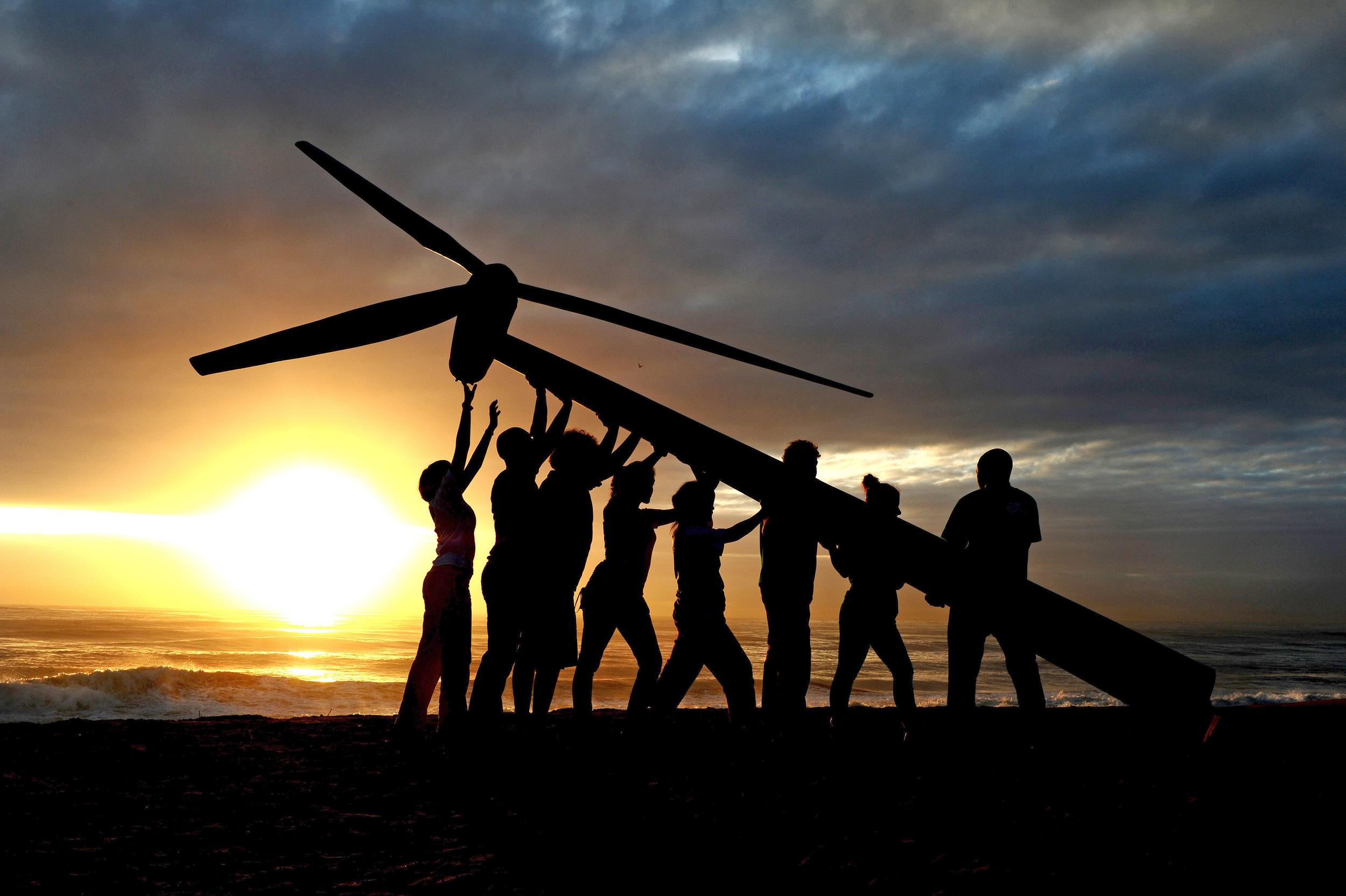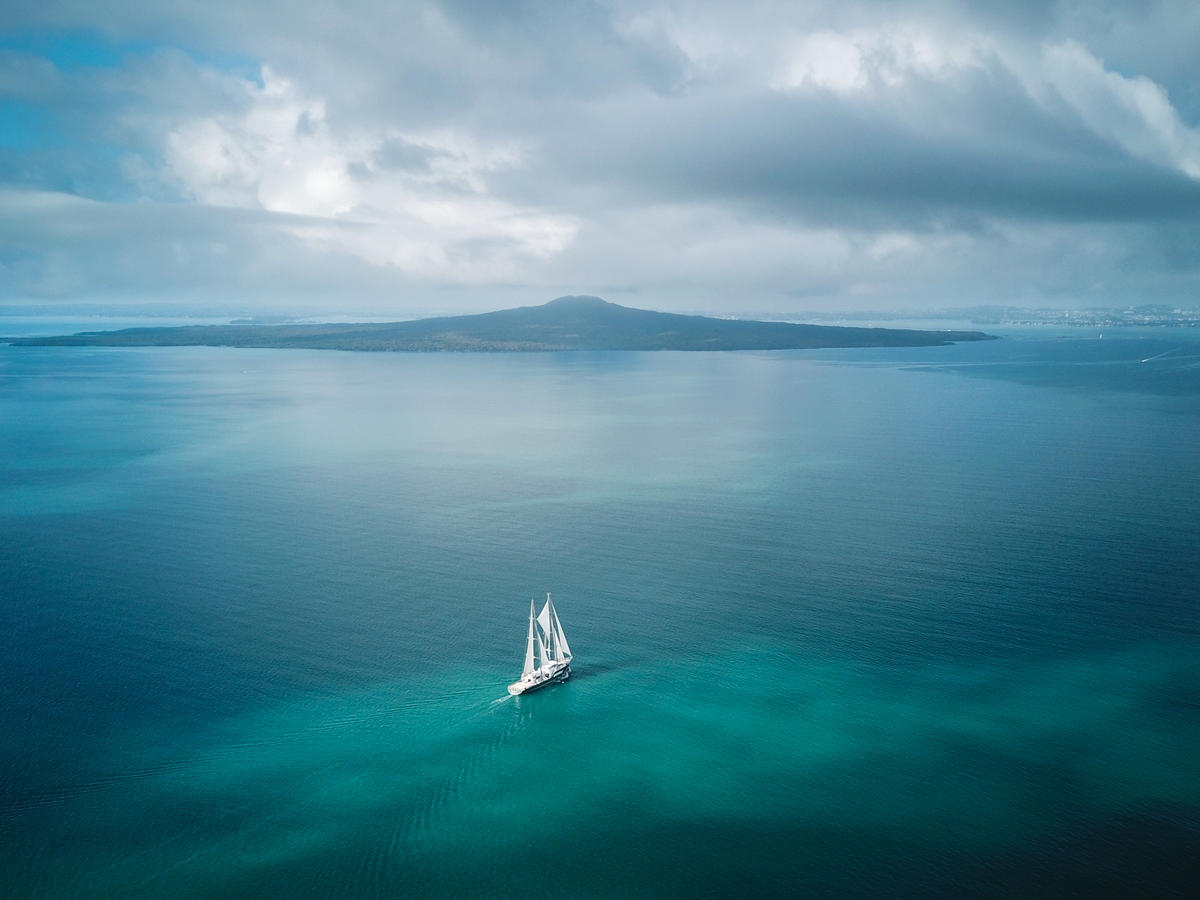When you hear the name Greenpeace, what comes to mind? For many, it's a symbol of hope, a beacon of environmental activism, and a force that fights tirelessly for the health of our planet. Greenpeace has been around for decades, and its mission is as relevant today as it was back in the '70s. This organization isn't just about tree-hugging or saving whales—though they do that too. It's about creating a sustainable future for all living beings. And that's something worth talking about, right?
Nowadays, with climate change becoming a hot topic—literally and figuratively—Greenpeace plays a crucial role in raising awareness and pushing governments and corporations to take action. Their campaigns are bold, their message is clear, and their passion is contagious. If you're curious about how this global movement started and what they're doing now, stick around because we're diving deep into the world of Greenpeace. It's gonna be a wild ride!
Let's not sugarcoat it: the state of our planet is kinda messed up. From melting ice caps to deforestation, it's easy to feel overwhelmed. But here's the thing—Greenpeace isn't just pointing fingers; they're actively working to fix these problems. They're the eco-warriors we didn't know we needed, and in this article, we'll explore why they matter, what they've achieved, and how you can get involved. So, buckle up and let's save the world together!
What Exactly Is Greenpeace?
Greenpeace is more than just an environmental group; it's a global movement dedicated to protecting the Earth's ecosystems and promoting peace. Founded in 1971 by a group of activists in Vancouver, Canada, the organization quickly grew into an international powerhouse. The name itself is a combination of "green" for the environment and "peace" for their commitment to non-violent protest. Pretty clever, huh?
At its core, Greenpeace believes in the power of individuals to make a difference. Their motto, "Acting for Life," sums up their philosophy perfectly. They don't just sit around waiting for change—they go out there and demand it. Whether it's blocking whaling ships, protesting oil drilling, or exposing corporate wrongdoing, Greenpeace is always on the front lines of environmental justice.
Here's the kicker: Greenpeace operates in over 55 countries and has millions of supporters worldwide. That's a lot of people coming together for a common cause. And guess what? They don't take any money from governments or corporations. Nope, they're funded entirely by individual donations. This independence allows them to speak truth to power without any strings attached. Now that's what I call real activism!
The History Behind Greenpeace
Back in 1971, a small group of activists set sail from Vancouver on a rusted-out fishing boat named the Phyllis Cormack. Their mission? To stop a U.S. nuclear test on Amchitka Island in Alaska. Little did they know, this act of defiance would spark a global movement. The journey itself was perilous, but the courage and determination of those early pioneers laid the foundation for what Greenpeace would become.
Fast forward to today, and Greenpeace has evolved into a massive organization with a presence in nearly every corner of the globe. Along the way, they've tackled some of the biggest environmental challenges of our time. From stopping commercial whaling in the '80s to fighting against climate change in the 21st century, Greenpeace has never shied away from a fight. And let me tell you, they've won some major victories along the way.
But it hasn't always been smooth sailing. Greenpeace has faced criticism, legal battles, and even physical danger. Yet, through it all, they've stayed true to their mission. Why? Because they believe in the power of hope. And honestly, who can argue with that?
Key Milestones in Greenpeace's Journey
- 1975: Successfully campaigns to end commercial whaling, leading to the global moratorium in 1986.
- 1985: The French government bombs the Rainbow Warrior, a Greenpeace ship, in New Zealand. The attack draws international outrage and strengthens Greenpeace's resolve.
- 1996: Secures a ban on ocean dumping of radioactive waste, setting a precedent for future environmental treaties.
- 2012: Launches the "Save the Arctic" campaign, gathering over 7 million signatures to protect the Arctic from oil drilling.
- 2021: Plays a key role in securing the Kunming Declaration, committing countries to protect 30% of the planet by 2030.
These milestones show just how far Greenpeace has come and how much impact they've had. But the work is far from over. The planet still needs protectors, and Greenpeace is ready to step up to the challenge.
Greenpeace's Mission and Vision
So, what exactly is Greenpeace trying to achieve? Their mission is simple yet ambitious: to ensure the ability of the Earth to nurture life in all its diversity. That means protecting forests, oceans, and wildlife while also fighting against climate change and promoting peace. Quite the tall order, right?
But here's the thing: Greenpeace doesn't just talk the talk. They walk the walk. Their campaigns are rooted in scientific research and driven by a passion for justice. They believe that every living being has the right to exist in harmony with nature. And they're not afraid to get their hands dirty to make that happen.
Greenpeace's vision is a world where people live in balance with the natural world, where resources are shared equitably, and where future generations can thrive. Sounds like a dream, doesn't it? But with Greenpeace leading the charge, it's a dream that might just come true.
The Pillars of Greenpeace's Work
- Climate Action: Pushing for a transition to renewable energy and holding polluters accountable.
- Ocean Conservation: Protecting marine life and fighting against overfishing and plastic pollution.
- Forest Protection: Stopping deforestation and promoting sustainable land use.
- Corporate Accountability: Exposing and challenging the practices of companies that harm the environment.
- Peace and Disarmament: Advocating for nuclear disarmament and a world free from conflict.
Each of these pillars is interconnected, and Greenpeace understands that solving one issue often leads to progress in others. It's a holistic approach that makes their work so effective.
How Greenpeace Operates
Greenpeace operates like a well-oiled machine, but with a lot more heart and soul. They have offices in over 55 countries, each working on local and global issues. Their campaigns are coordinated at the international level, ensuring a unified message while allowing for regional adaptation. This structure allows them to tackle problems on multiple fronts simultaneously.
One of the coolest things about Greenpeace is their use of creative, non-violent direct action. Think of those iconic images of activists hanging banners from oil rigs or kayaking in front of whaling ships. These actions grab headlines and raise awareness in ways that traditional protests often can't. And let's be honest, they're pretty badass.
But Greenpeace isn't just about stunts. They also engage in research, lobbying, and education. Their reports and investigations expose environmental crimes and hold perpetrators accountable. They work with governments and corporations to push for policy changes that benefit the planet. And they educate the public about the issues affecting our world, empowering people to take action.
Key Strategies Used by Greenpeace
- Non-Violent Direct Action: Using creative protests to draw attention to environmental issues.
- Scientific Research: Conducting studies and investigations to support their campaigns.
- Corporate Engagement: Pressuring companies to adopt sustainable practices.
- Public Education: Raising awareness and mobilizing communities to take action.
- Policy Advocacy: Working with governments to enact laws that protect the environment.
These strategies work together to create a powerful force for change. And the best part? They involve everyday people like you and me. Greenpeace believes that everyone has a role to play in protecting the planet, and they make it easy for us to get involved.
Greenpeace's Impact on the World
So, what has Greenpeace actually accomplished? The list is impressive, to say the least. From saving whales to stopping nuclear tests, they've made a real difference in the world. Here are just a few examples:
First up, there's the global moratorium on commercial whaling. Greenpeace played a key role in securing this ban in 1986, saving countless whales from extinction. Then there's the Arctic campaign, which gathered over 7 million signatures to protect the region from oil drilling. And let's not forget their work on climate change, pushing for stronger commitments from governments and corporations alike.
But the impact of Greenpeace goes beyond just these victories. They've changed the way people think about the environment. They've shown us that individual actions can lead to collective change. And they've inspired a new generation of activists to take up the mantle.
Measuring Success: The Numbers Behind Greenpeace
- Millions of Supporters: Greenpeace has millions of members and supporters worldwide.
- Billions in Funding: They've raised billions of dollars to fund their campaigns.
- Countless Victories: From stopping nuclear tests to protecting forests, their wins are too numerous to count.
- Global Reach: With offices in over 55 countries, they have a presence on every continent.
These numbers don't just show the size of Greenpeace; they show the impact. Every supporter, every dollar, and every victory adds up to a better world for all of us.
Challenges Facing Greenpeace
Of course, Greenpeace isn't without its challenges. They face criticism from all sides, from governments and corporations to even some environmentalists. Some accuse them of being too radical, while others say they're not radical enough. It's a tough balancing act, but Greenpeace has managed to stay true to their principles while adapting to changing circumstances.
One of the biggest challenges they face is the sheer scale of the problems they're tackling. Climate change, biodiversity loss, and pollution are massive issues that require global cooperation. Greenpeace can't do it alone, but they can lead the charge. And that's exactly what they're doing.
They also face financial challenges. As a non-profit organization, they rely on donations to fund their work. In tough economic times, this can be a struggle. But their independence from corporate funding is a source of strength, allowing them to speak truth to power without fear of retribution.
Overcoming Obstacles: Greenpeace's Resilience
- Adaptability: Greenpeace evolves its strategies to meet new challenges.
- Global Network: Their international presence allows them to tackle issues on multiple fronts.
- Community Engagement: By involving people in their campaigns, they build a strong base of support.
- Scientific Integrity: Their work is grounded in research, ensuring credibility and effectiveness.
These factors make Greenpeace resilient in the face of adversity. They know that change doesn't happen overnight, but they're committed to the long haul.
Getting Involved with Greenpeace
So, how can you get involved with Greenpeace? The good news is, there are plenty of ways to support their work. You can become a member, make a donation, or participate in one of their campaigns. They also offer volunteer opportunities, internships, and even job openings for those who want to make a career out of activism.
But you don't have to be a card-carrying member to make a difference. Simply spreading the word about Greenpeace's campaigns can have a big impact. Sharing their reports, signing their petitions, and engaging with their social media content are all ways to help. And let's not forget the power of individual actions. Reducing your carbon footprint, supporting sustainable products, and advocating for environmental policies are all steps you can take to support Greenpeace's mission.
Remember, the planet needs all the help it can get. And with Greenpeace leading the charge, there's hope for a brighter future. So, what are you waiting for? Join the movement and let's save the world together!
Ways to Support Greenpeace
- Membership: Become a member and receive updates on their campaigns.
- Donations: Contribute financially to support their work.
- Campaign Participation


